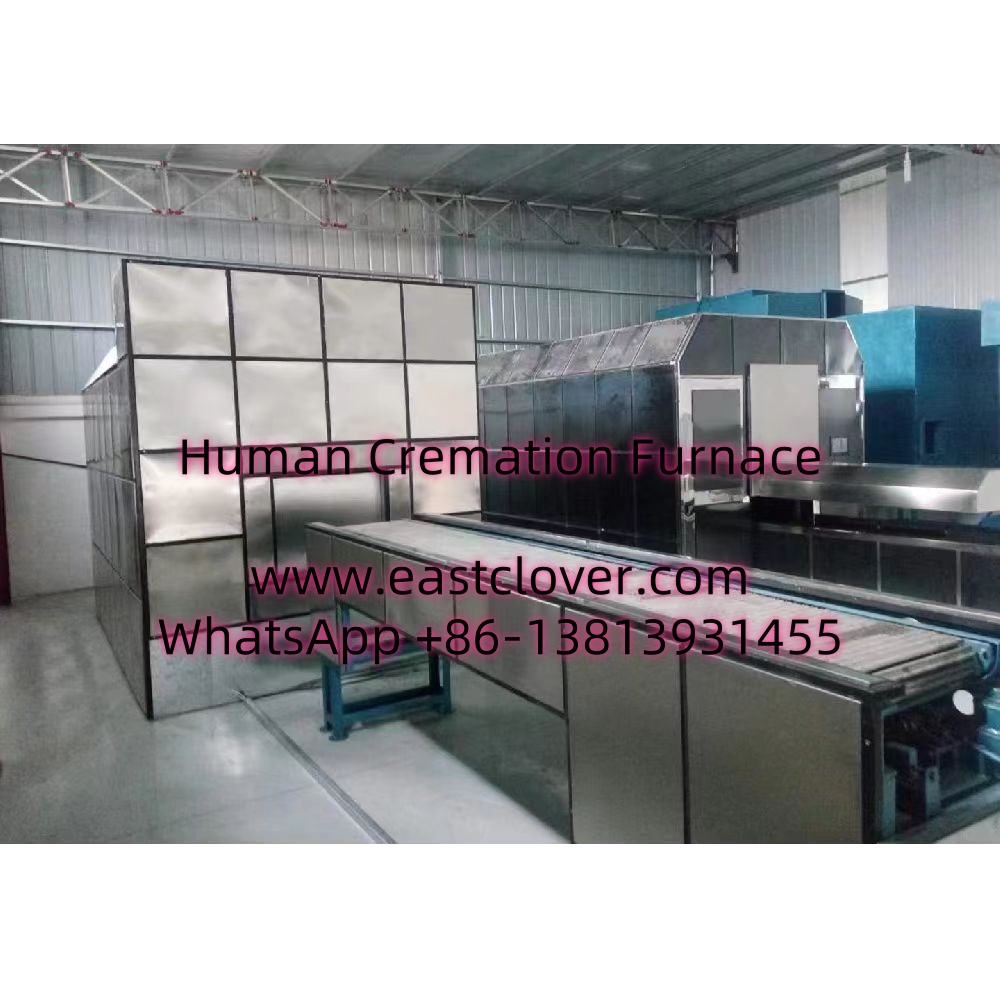Ghana’s Mobile Cremation Furnace: Addressing Urban Emergency Challenges
In recent years, Ghana has faced growing challenges in managing urban emergencies, particularly in densely populated cities like Accra and Kumasi. Rapid urbanization, coupled with infrastructure bottlenecks, has strained traditional emergency response systems, especially during public health crises, natural disasters, or mass-casualty incidents. One innovative solution emerging as a game-changer is the mobile cremation furnace, a portable, efficient system designed to manage human remains swiftly and safely in high-pressure scenarios.
The Need for Innovation in Urban Emergency Response
Ghana’s urban centers are expanding rapidly, with over 56% of the population now residing in cities. This growth has outpaced the development of critical infrastructure, including mortuary facilities and emergency management protocols. During outbreaks such as COVID-19, traditional systems were overwhelmed, leading to delays in body management and heightened public health risks. The mobile cremation furnace addresses these gaps by providing a decentralized, rapid-response solution that can operate independently of overburdened facilities.
How Mobile Cremation Furnaces Work
These furnaces are compact, transportable units equipped with advanced incineration technology. Designed to run on liquefied petroleum gas (LPG) or biofuels, they achieve temperatures exceeding 800°C, ensuring complete and hygienic cremation within hours. Unlike fixed crematoriums, mobile units can be deployed directly to disaster sites, refugee camps, or disease hotspots, minimizing the need for body transportation. Key features include:
- Portability: Mounted on trailers for quick movement.
- Eco-Friendly Design: Filters to reduce emissions and ash residue.
- Scalability: Units can handle 5–20 bodies daily, depending on size.
Benefits for Public Health and Safety
In emergencies, mismanagement of human remains can escalate disease transmission, environmental contamination, and psychological trauma. Mobile furnaces mitigate these risks by:
- Reducing exposure to biohazards through on-site processing.
- Easing pressure on mortuaries and hospitals.
- Providing dignified, culturally sensitive disposals aligned with local customs.
For example, during Ghana’s 2023 cholera outbreak, mobile units in Accra reduced body storage times by 70%, curbing further infections.
Overcoming Cultural and Logistical Barriers
Adoption of cremation in Ghana has historically been low due to strong cultural preferences for traditional burials. However, emergency scenarios have necessitated pragmatic solutions. Community engagement campaigns—led by local leaders and health officials—have emphasized the temporary use of cremation during crises, preserving dignity while prioritizing public safety. Additionally, partnerships with private operators and NGOs have lowered costs, making the technology accessible to municipal governments.
Future Prospects and Expansion
Ghana’s experience with mobile cremation furnaces has attracted interest from neighboring countries like Nigeria and Côte d’Ivoire, which face similar urbanization challenges. Innovations in solar-powered units and AI-driven efficiency enhancements are also underway, promising even greener and faster operations. Policymakers are now integrating these systems into national emergency preparedness frameworks, ensuring readiness for future crises.
www.southclover.com
Mobile cremation furnaces represent a critical evolution in Ghana’s emergency response infrastructure. By combining technological innovation with cultural sensitivity, they offer a scalable solution to urban challenges, safeguarding public health while respecting societal values. As cities continue to grow, such adaptive technologies will be vital in building resilient communities.
FAQs
What fuels do mobile cremation furnaces use?
Most units operate on LPG or biofuels, prioritizing affordability and reduced emissions.
Are these furnaces accepted by all religious groups?
While cremation is less common in some communities, its use is restricted to emergencies with widespread community consultation.
How much does a mobile furnace cost?
Prices range from $50,000 to $120,000, depending on capacity and features, though subsidies are often available.
Can they operate in remote areas?
Yes—their portability makes them ideal for hard-to-reach regions with limited infrastructure.
What happens to the ashes?
Ashes are returned to families or handled according to local customs, often involving community leaders.

Comments are closed